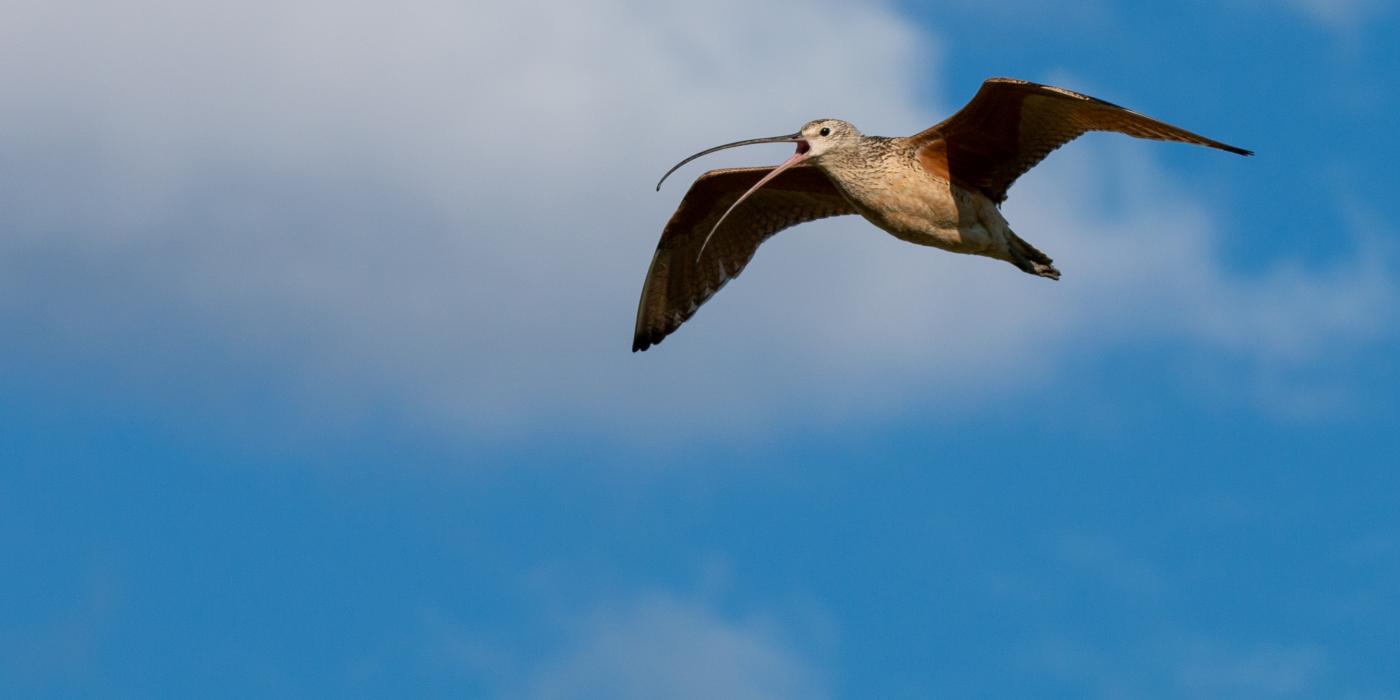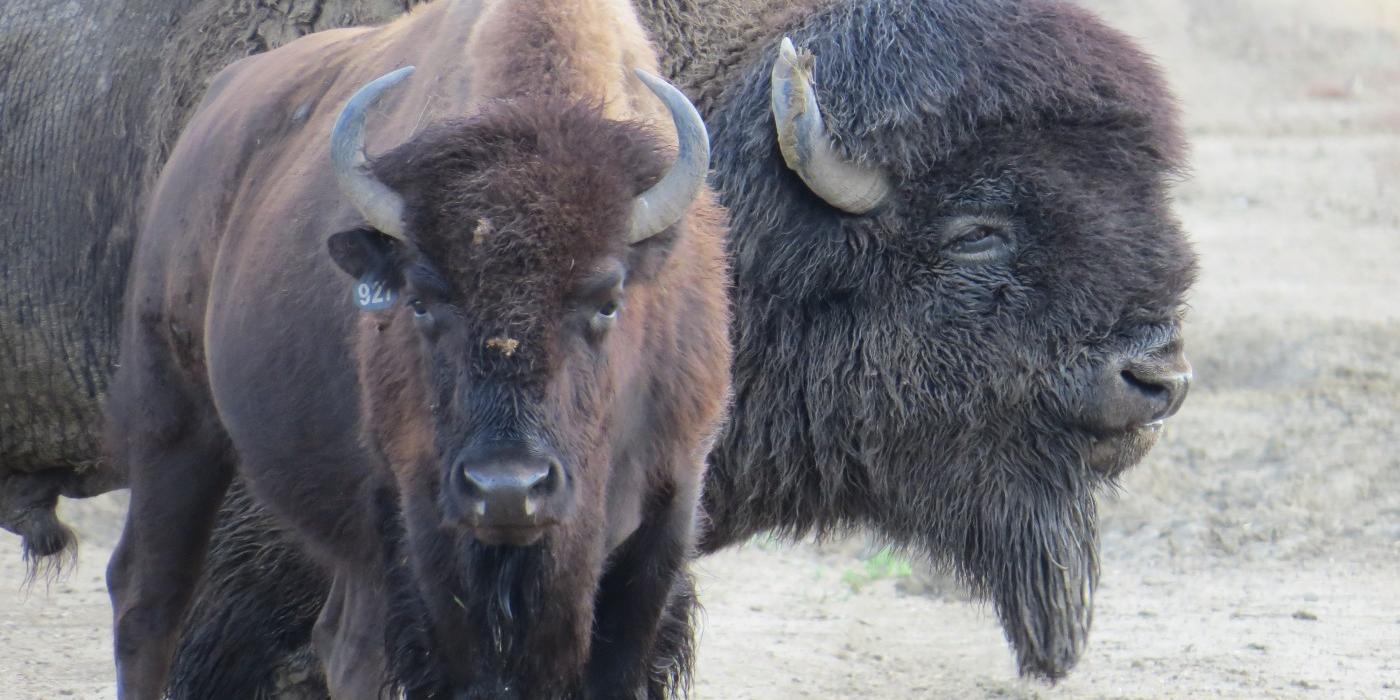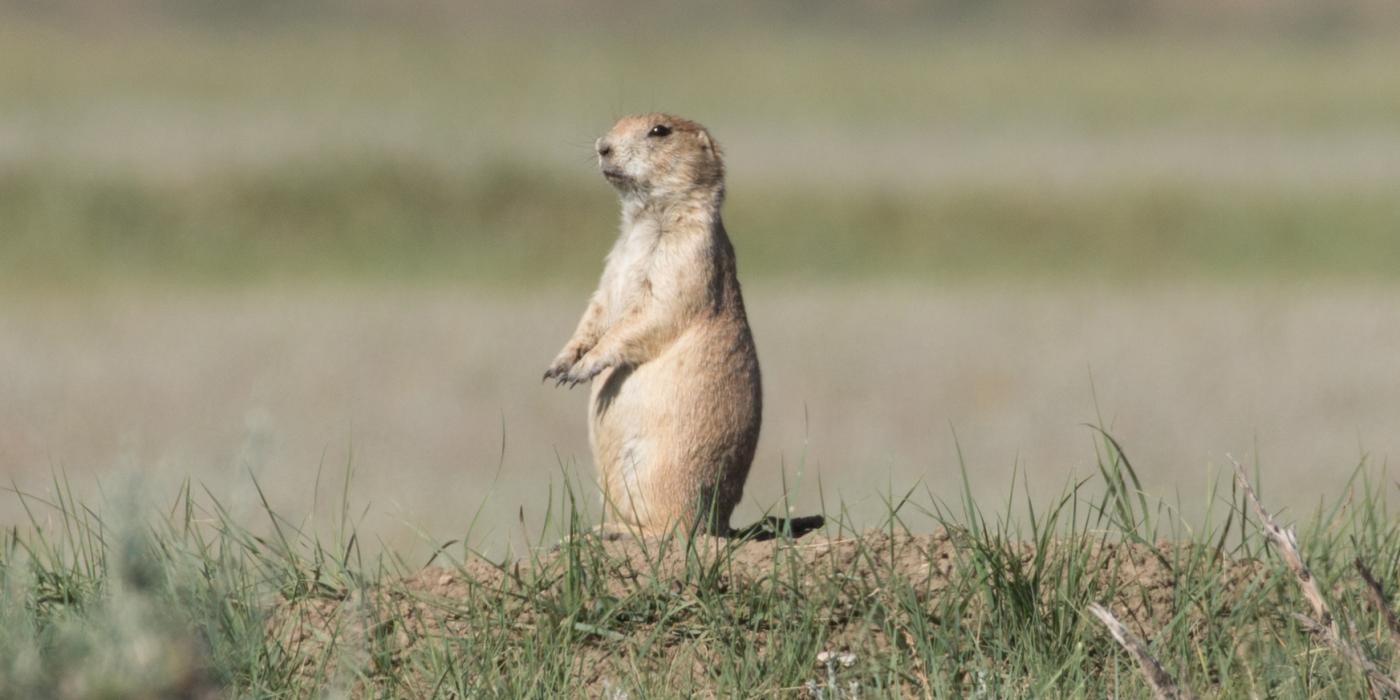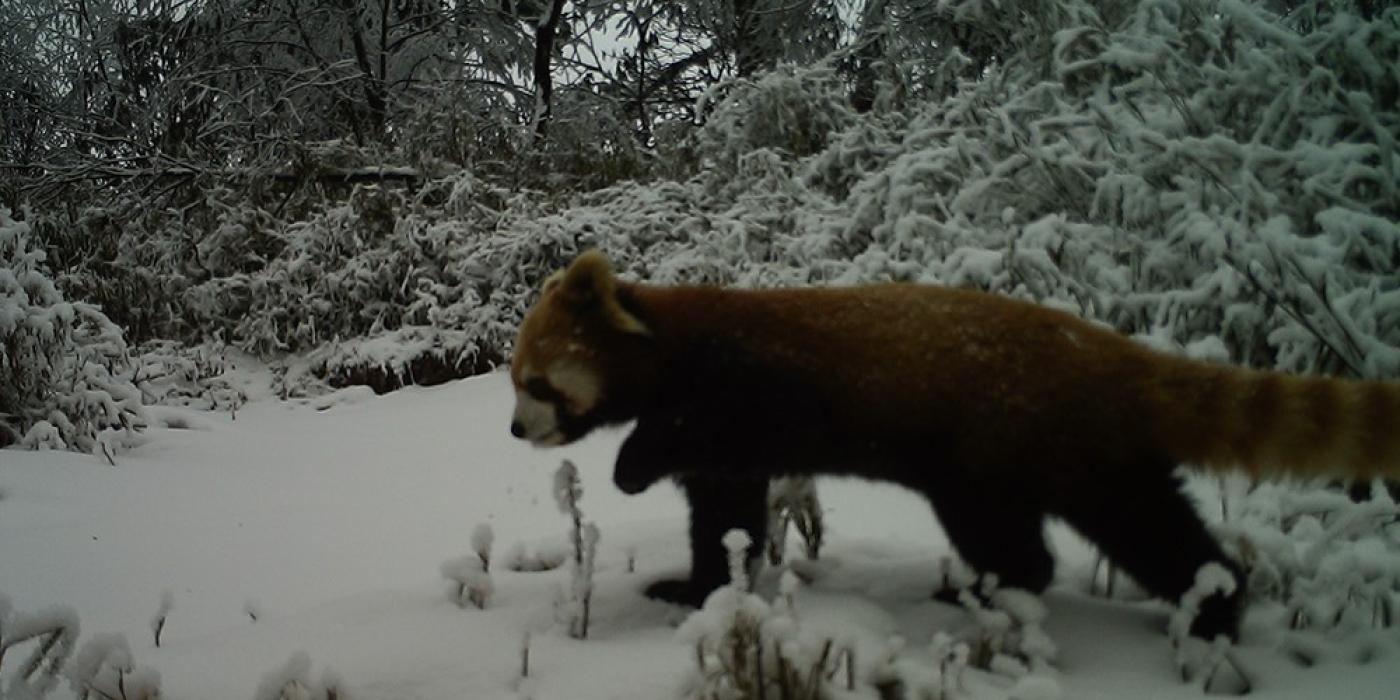The Birds Are Back in Town
All seasons on the prairie are special. That said, spring is just a little more special than the rest. It’s obvious why; every day in spring is something like Christmas morning. Instead of presents under the tree, there are birds that have returned for summer breeding season on the prairie.
Did the winds from the south deliver the grasshopper sparrows from Arizona? Did the long-billed curlews complete their trip home from Northern Mexico? What about the upland sandpipers? Surely their journey from the South American Pampas will take at least another week.
There’s only one way to find out; get outside, cock an ear and listen to hear which of our summer guests have arrived.
At American Prairie Reserve in Montana, researchers from the Smithsonian Conservation Biology Institute are studying how the reintroduction of keystone species, like bison and prairie dogs, affects the ecosystem. Bison and prairie dogs are both ecosystem engineers, meaning their activity changes their environment.
By grazing, wallowing and burrowing, they create habitat for a wide variety of other species — and birds are some of our best barometers for measuring these changes. If a piece of land has many different birds, we can be reasonably sure it’s providing homes for a broad array of other species as well.
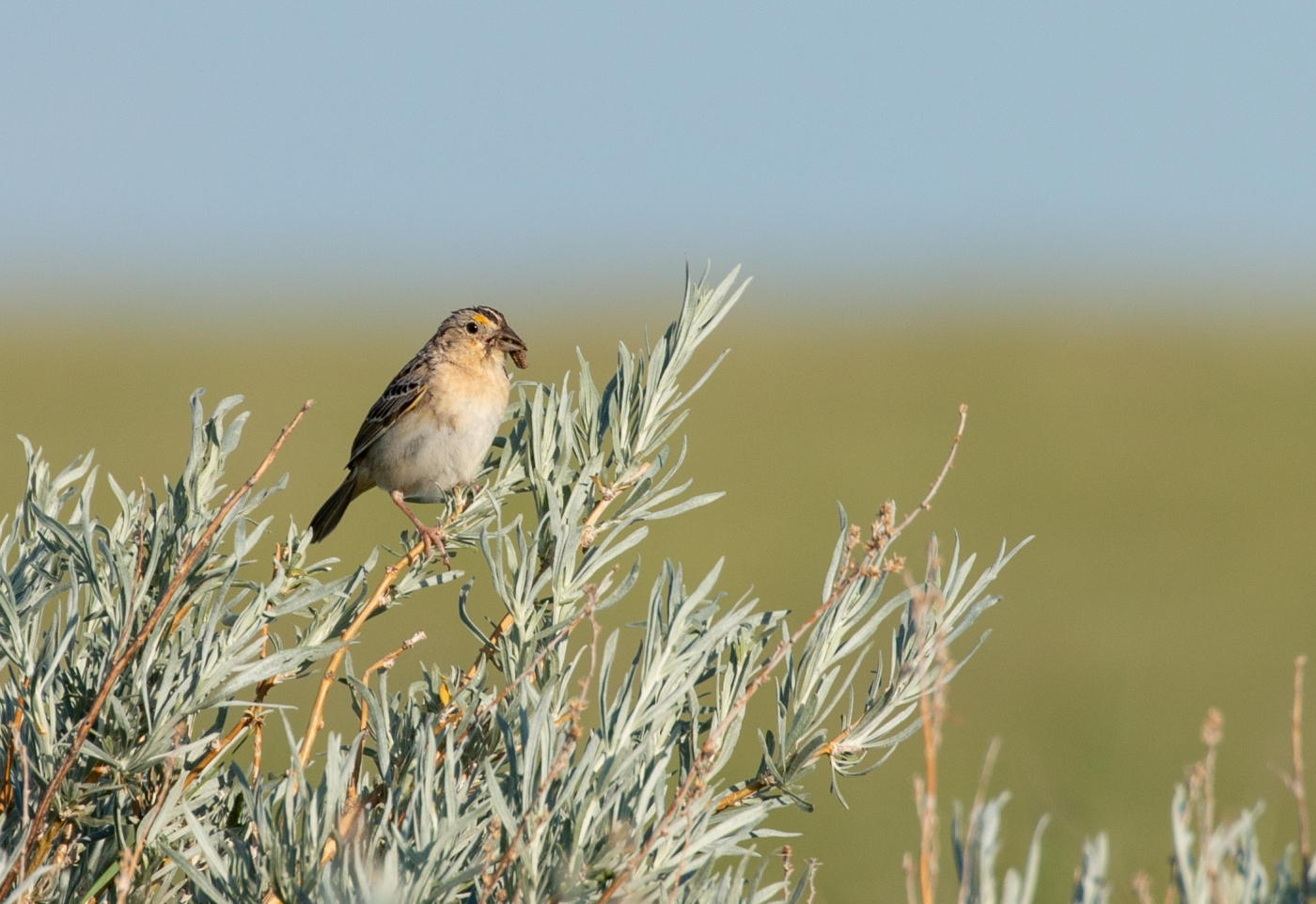
An adult grasshopper sparrow carrying food to it’s young in a nearby nest. Grasshopper sparrows prefer areas with tall, dense grass.
Researchers like me spend huge amounts of time building mathematical models of things like habitat quality and suitability, based on thousands of hours spent studying wildlife in the field and grinding out calculations on a computer. For me, a morning walk across one of our prairie study sites is like walking through one of those models.
But I don’t need to identify every blade of grass or know the entire grazing history of a little patch of land to determine whether it’s healthy. The Sprague’s pipits — small, streaky, brown birds — are here singing their spiraling songs from 200 feet in the air, and in some ways, that tells me all I need to know.
When birds return to Montana from their wintering grounds, they act as our indicators of ecosystem health and diversity. Birds are picky about where they live, and they all have different needs. The Baird’s sparrow, for example, is a connoisseur of tall, dense, native grass. A study in subtle brown and white, a glimpse of this sparrow or a snippet of song isn’t just a standalone sighting. It’s proof-positive that you’re standing on a healthy, functioning patch of prairie.
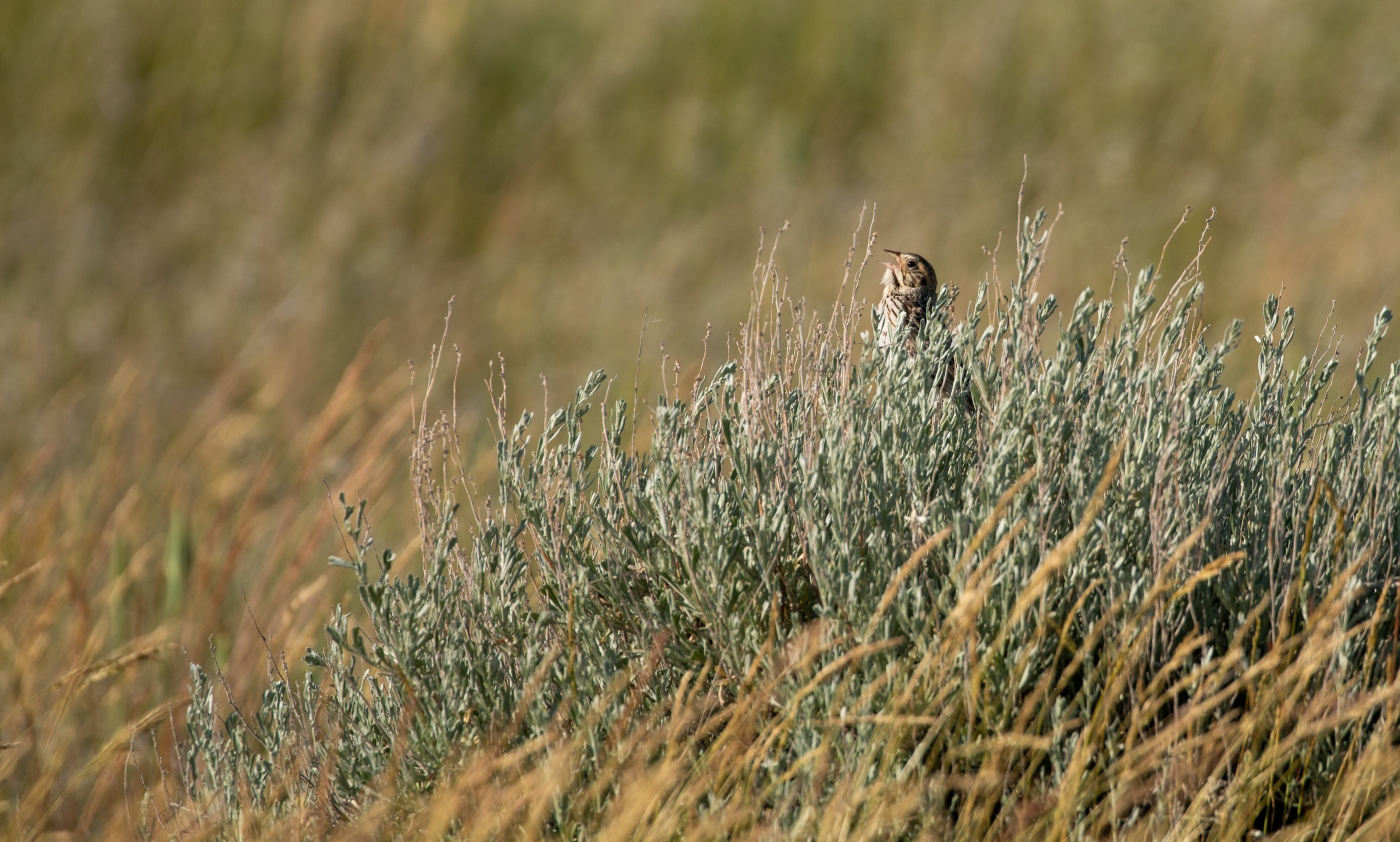
A Baird’s sparrow singing from the top of a lone silver sage bush. Baird’s sparrows only occur in areas of tall, dense, predominantly native grass with few isolated shrubs.
Perhaps this bird is singing from a territory that cows or bison missed last year, leaving the grasses untouched. If you hear a neighboring chestnut-collared longspur, that’s even better. Both the longspur and the sparrow are residents of Montana’s mixed-grass prairie, but longspurs prefer shorter grass and tolerate only the occasional sagebrush shrub. With both birds in the same area, we know this patch of prairie isn’t just healthy but is also diverse.
Montana’s prairies aren’t all just grass though. Thousands of waterways cut through the vast plains, from ephemeral streams to the Missouri River (one of the largest on the continent). These too are important homes and halfway houses for birds.
During the spring and fall, migrant birds that are already hundreds of miles into their journeys to the boreal forests of the Northern U.S. and Canada stopover in the prairie’s narrow, streamside forests to fuel up on insects and seek refuge from weather. Without functioning rest stops like these along the way, birds can get stranded or die before reaching their destinations, just like any other long-distance traveler.
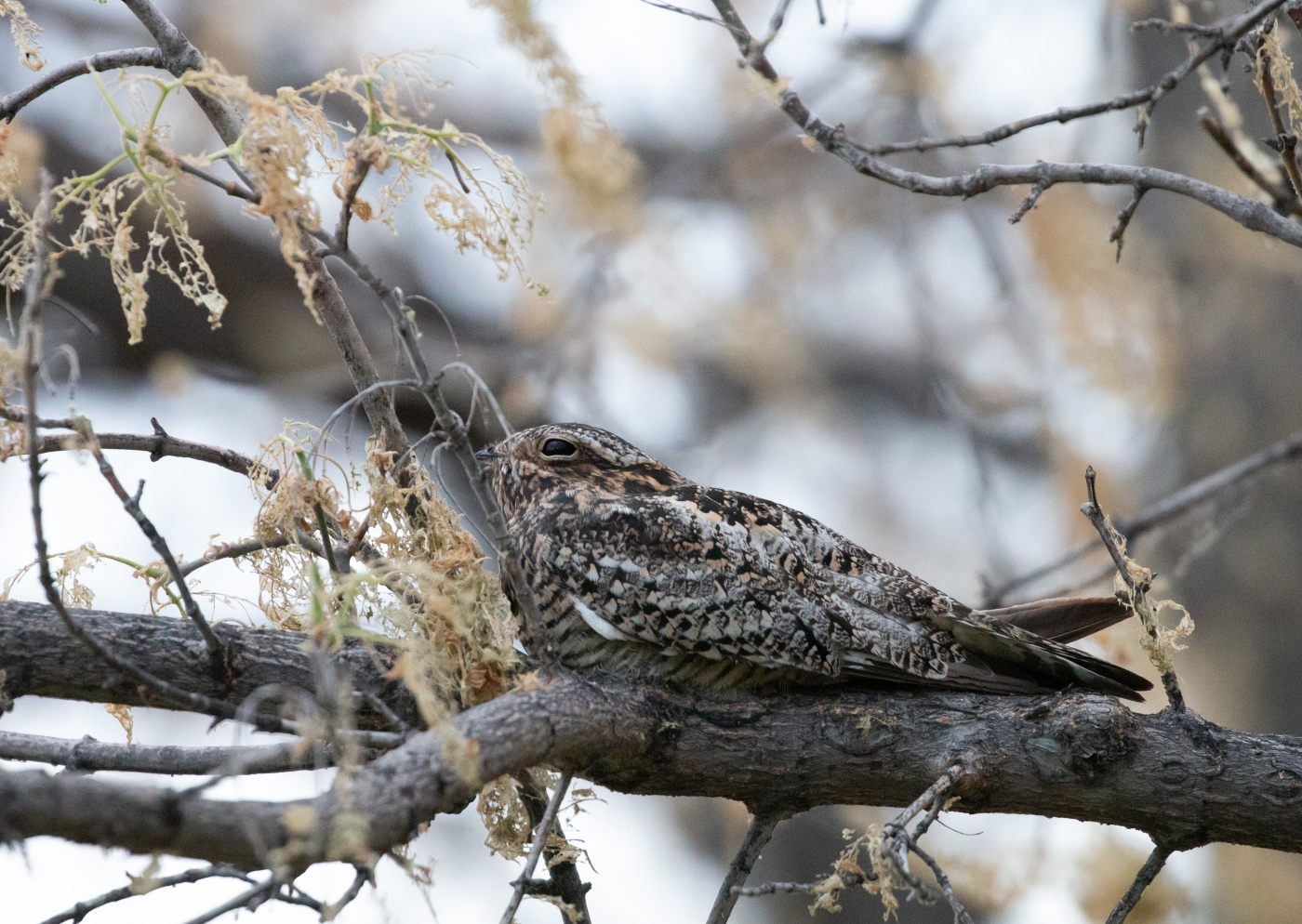
Not all prairie birds rely on grasslands. Many species, like this common nighthawk, use woodland streams that run through the vast grasslands as a place to find food and shelter during migration, or a place to build a nest and raise their young.
The Northern Great Plains that we study are home to some of the most endangered birds in all of North America. The massive-scale conversion of native grasslands to farmland has driven catastrophic declines in grassland birds. These declines outpace birds in all other habitat types, with some species losing up to 7% of their population each year. That means that over the last 50 years, more than 95% of these populations have disappeared.
But for grassland birds, it’s not all bad news. In recent years, biologists in both the U.S. and Canada have set their sights on protecting these birds. Among the most imperiled species are the chestnut-collared longspur, McCown’s longspur, Baird’s sparrow and Sprague’s pipit, which all have their strongholds in eastern Montana where we work.
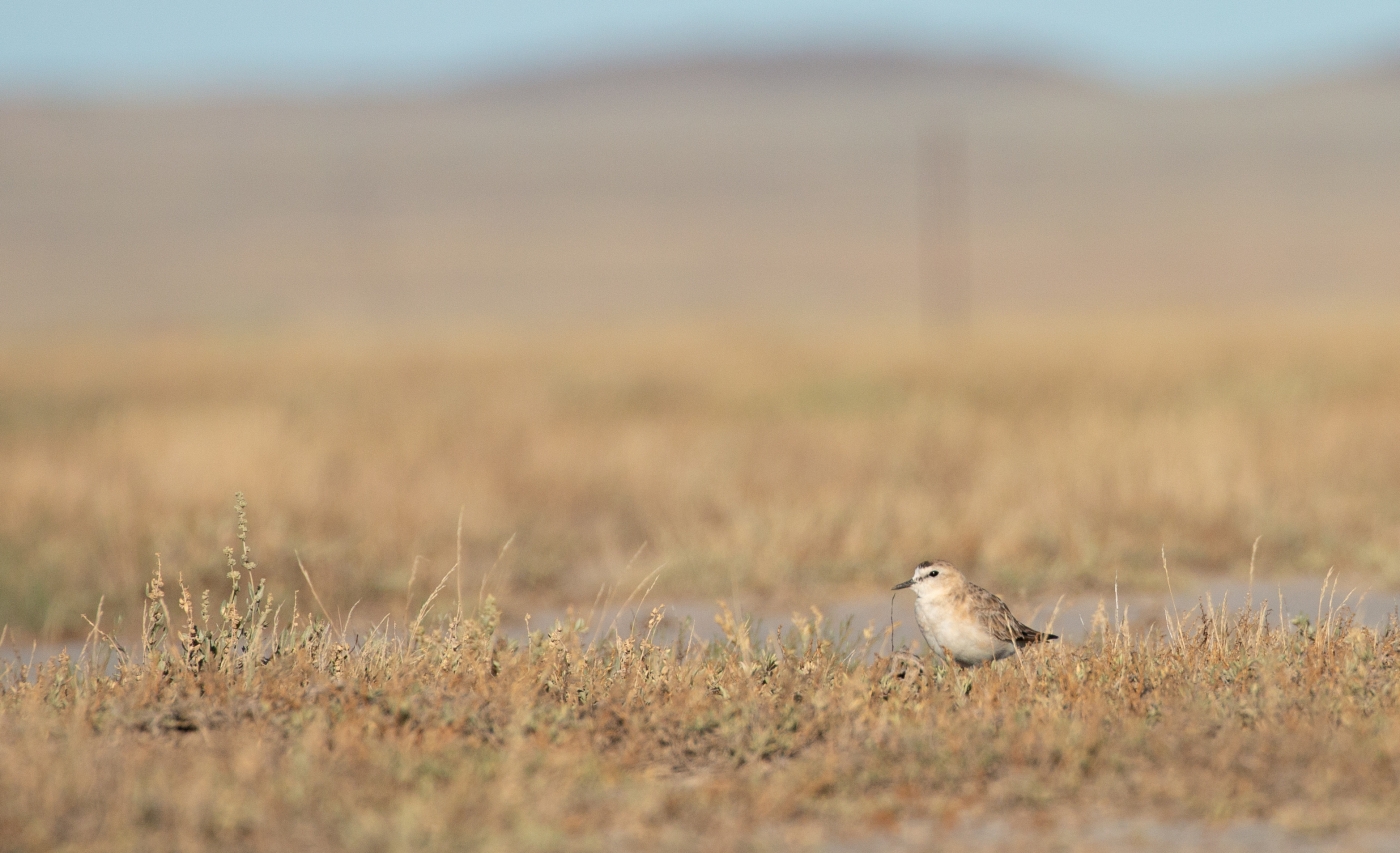
Mountain plovers only breed on large expanses of short-grass and bare ground in Western North America. Their numbers have declined steeply over the last 50 years, in part due to a 98% reduction in prairie dog towns across the west.
Luckily, much of the land here is protected in one way or another. American Prairie Reserve conserves vast areas of grassland for the benefit of biodiversity and the enjoyment of the public. The Reserve has also begun to reintroduce American bison, whose grazing habits produce a mosaic of habitats – short grass for the McCown’s longspurs and mountain plovers, medium grass for the chestnut-collared longspurs and grasshopper sparrows, and tall luxuriant patches for Sprague’s pipits and Baird’s sparrows.
Ultimately, grassland conservation means providing a suitable home for everyone, from bison to birds alike.
Want to know more about this project? Check out additional videos, photos and blogs from the field.
Related Species:

